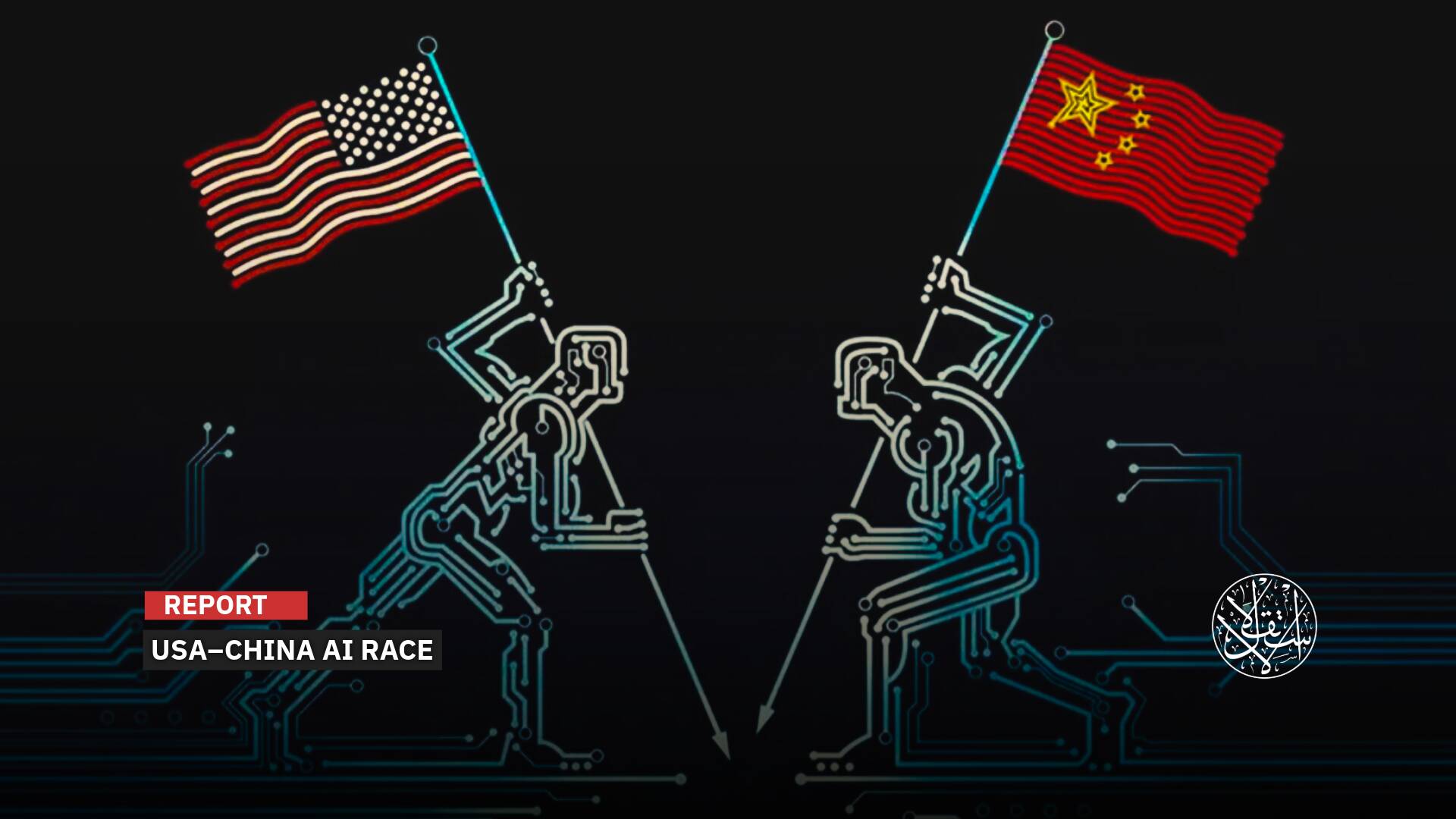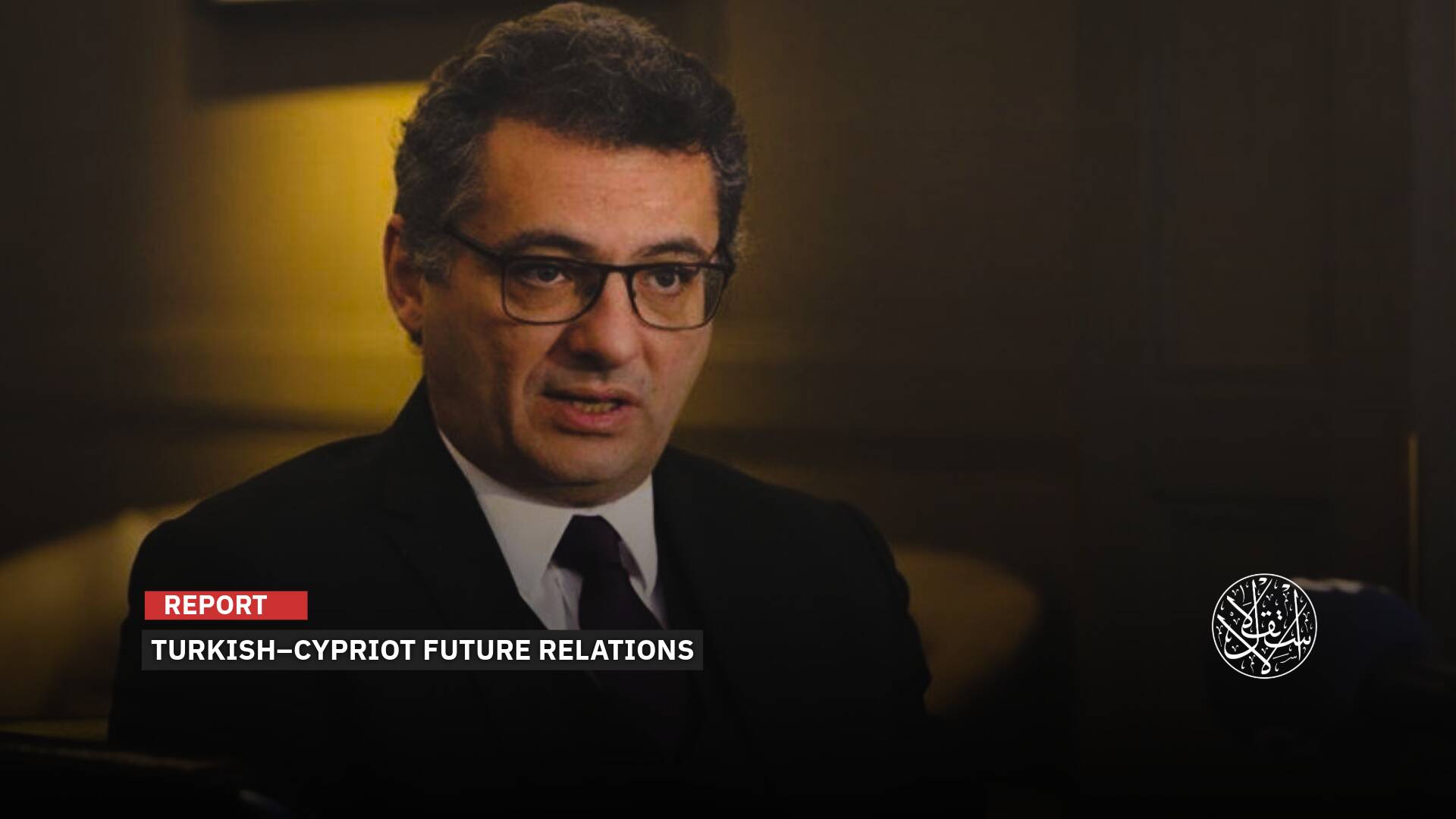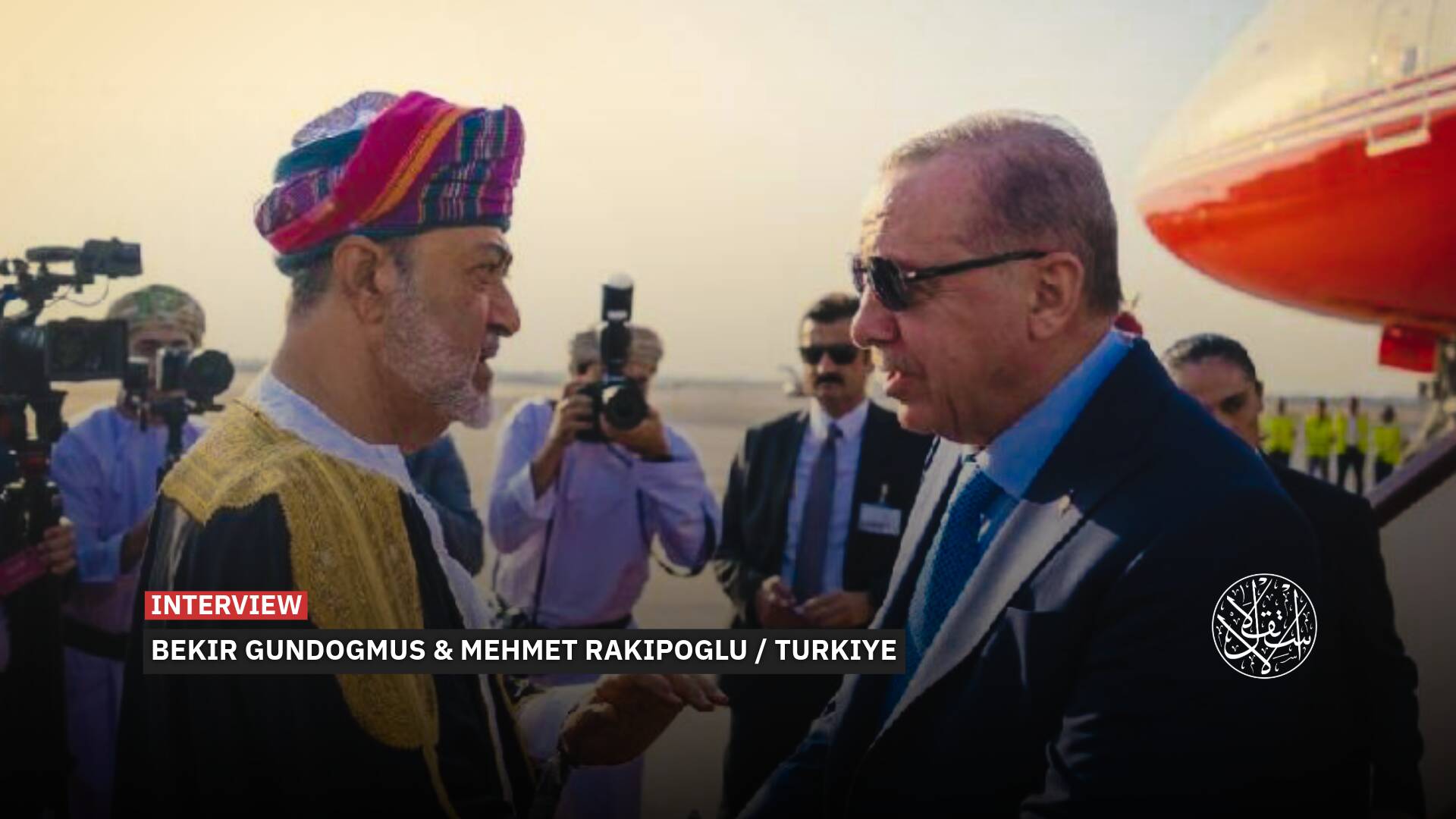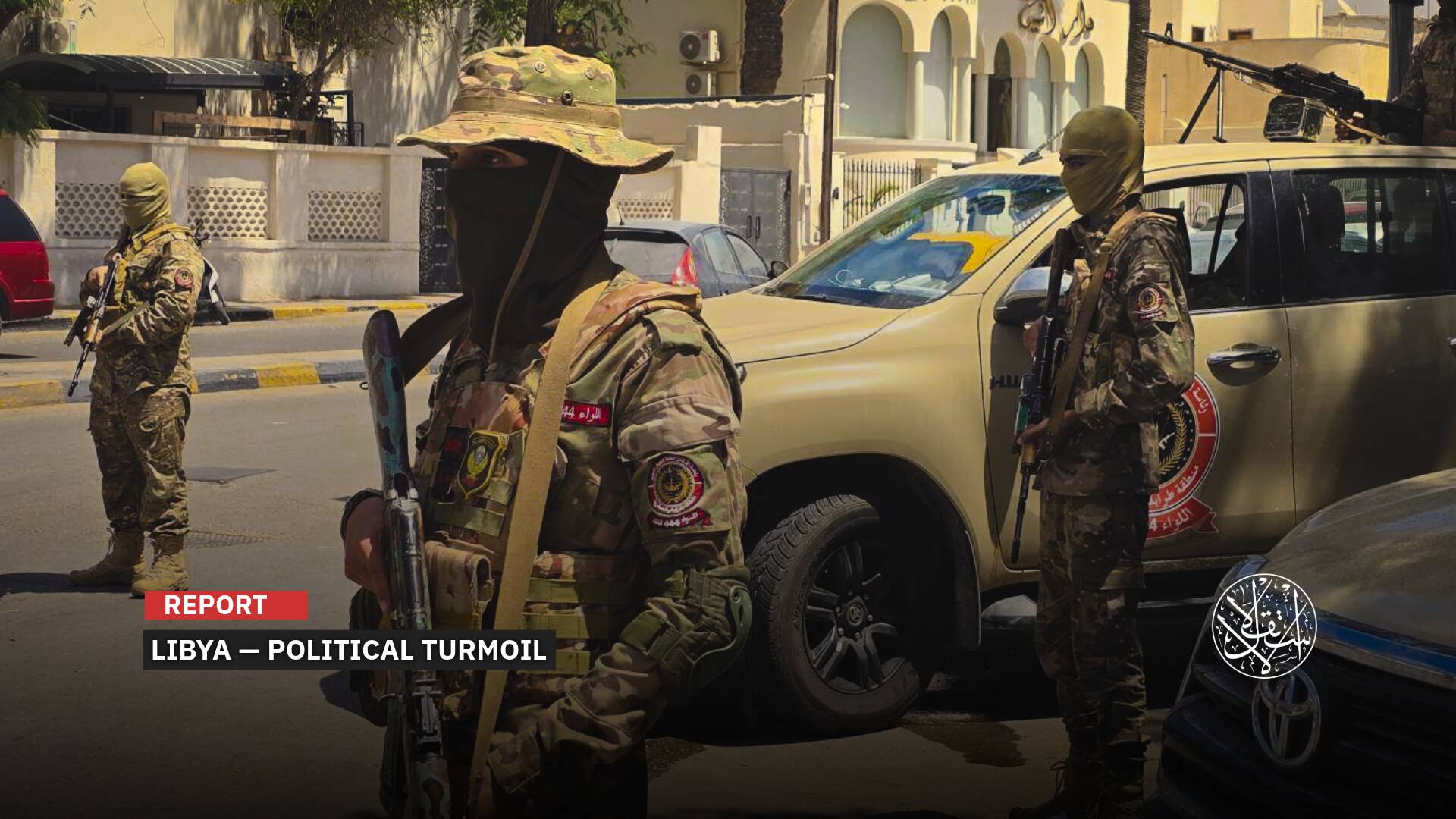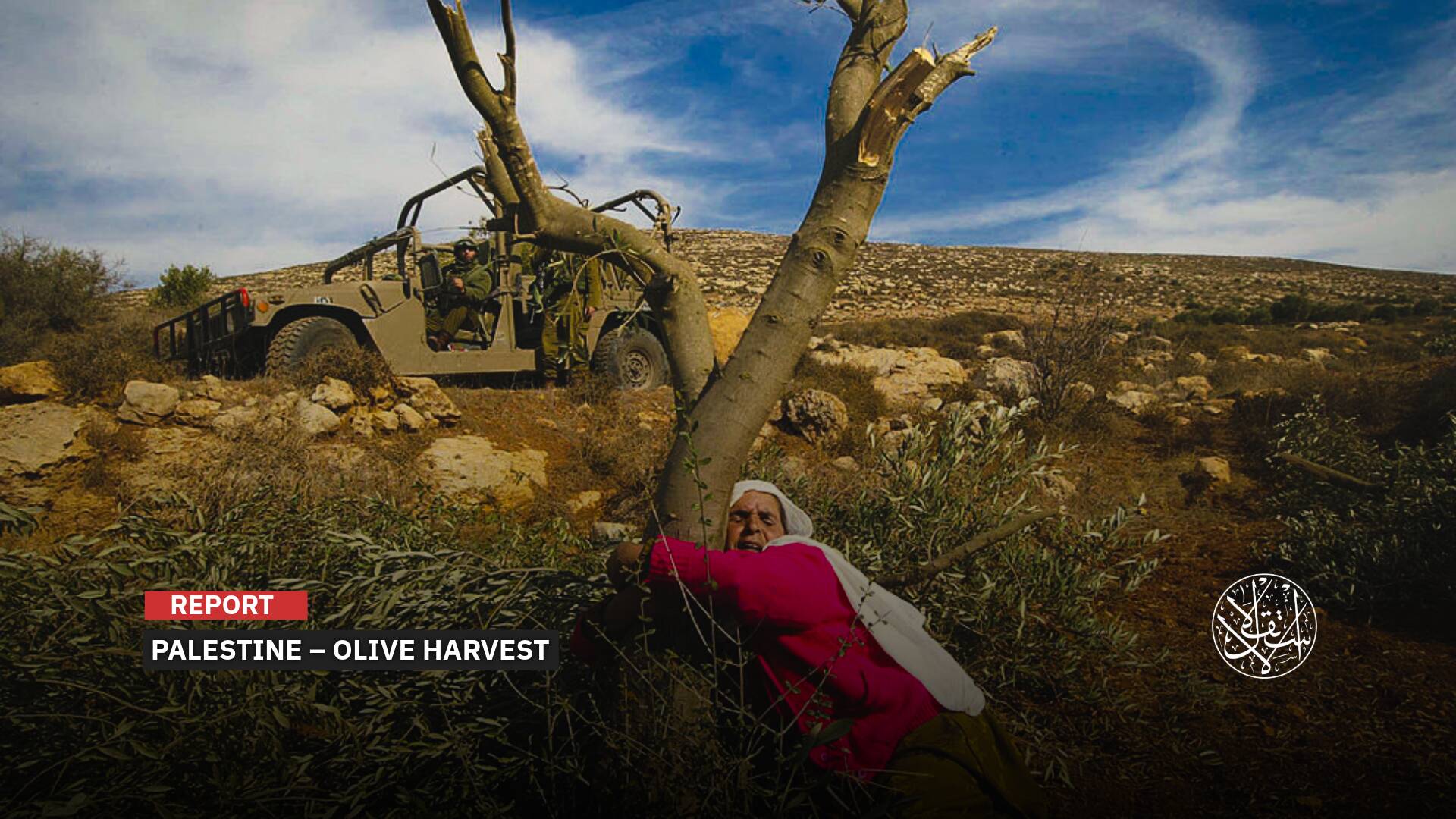How the Caspian Sea Became the Biggest Hotspot Facing Western Sanctions Against Russia and Iran

Although more than a year and a half have passed since the West imposed unprecedented sanctions on Russia to force it to back down from its war in Ukraine, the Russian attack continues for the second year, and it does not seem that it may stop except with a Russian decision.
In this context, Foreign Policy magazine published a report entitled The Caspian Sea Is a Sanctions-Busting Paradise, which monitored how, while everyone is busy following up on the events taking place in the Black Sea, the Caspian Sea witnesses mysterious shipping journeys, most of which are Russian and Iranian ships.
Iran is located on the southern border, and Russia is on the northwestern border of the Caspian Sea, which is the largest inland body of water in the world, making the actual transportation between the two allies relatively easy. In addition, Tehran is Moscow’s second-largest trading partner among the countries bordering the Caspian Sea (Russia, Iran, Kazakhstan, Turkmenistan, and Azerbaijan).
It is noteworthy that Russia and Iran have been under tremendous pressure for several years from the sanctions imposed by the United States and its allies on issues such as Tehran’s nuclear program, human rights violations, support for terrorism, the Russian invasion of Ukraine, and the annexation of Crimea.
Mysterious Shipments
Foreign Policy magazine revealed in a report in August 2023 how the Caspian Sea — the largest in the world — has become a theater for secret shipping operations between the countries bordering the Caspian Sea, especially Russia and Iran.
The report pointed out that the past three months saw more than 600 AIS gaps from Russian ships alone, compared to just over 100 per month during the same period last year.
It is noteworthy that almost all commercial ships are required to use the automatic identification system AIS. The gaps in this system are the periods of time during which the ships’ systems stop transmitting their signals.
The report indicated that Russian and Iranian ships traveling between the two countries across the Caspian Sea make dark port calls — that is, without opening the AIS — and some of them even falsify their location.
On a recent day, 12 ships traveling between Russia and Iran in the Caspian Sea made dark port calls (all owned by Russian or Iranian entities and flying Russian or Iranian flags, or both).
On the same day, 12 other ships were carrying out ship-to-ship transfers, a maneuver that is fine when it comes to between a large ship and a small one that can visit small ports, but which has also become common among ships trying to obscure their voyages.
Also, on that same day, four Russian and Iranian ships were faking their location so that they appeared anchored in a port outside the Caspian Sea while they were sailing in the Caspian Sea.
The report added that it is clear that these ships wanted the outside world to know as little as possible about their presence in those ports, noting that there is no global maritime police force that makes sure that ships adhere to the rules and regulations.

Credit: Reuters
“Sure, many ships with suspicious behavior have been shutting down their AIS over the years, but when it happens on such a large scale, and from one of the world’s most powerful nations, it undermines the maritime laws that enable global shipping,” the American magazine reported.
The report noted that the aforementioned is only one aspect of the ambiguity surrounding shipping in the Caspian Sea these days.
Last May, 138 Russian-flagged ships sailing in the Caspian Sea made 657 gaps in their automatic identification system. Last June, 625 similar gaps occurred from 160 ships. Last July, at least 630 gaps occurred from 157 ships, according to data from Lloyd’s List Intelligence.
The previous figures are four times the number of AIS vulnerabilities during May, June, and July of last year, when Russian ships in the Caspian Sea disabled their AIS, 159, 135, and 138 gaps, respectively.
On the other hand, 48 Iranian ships created 199 gaps in the automatic identification system last May. Last June, 48 Iranian ships created 218 gaps. Last July, 47 ships created 192 gaps.
This is slightly more than the number of monthly ships in the same period last year, and nearly double the number of AIS gaps.
Foreign Policy noted that a large number of those ships that were making holes in the automatic identification system were traveling between Russian and Iranian ports.
The report raised doubts about what Russian and Iranian ships are doing in the Caspian Sea, pointing out that between 149 and 169 of these gaps lasted during a period of four to seven days, and between 50 and 92 of those gaps lasted from 8 to 14 days, adding that these gaps are not of the accidental type caused by technical problems or weather only.
The report indicated that the loopholes in Azerbaijani, Kazakh, and Turkmenistan ships traveling in the Caspian Sea were very limited and at least still followed the rules, adding that if she decided to hide her activities, it would be difficult to stop her.

Business Relations
Prior to its attack on Ukraine on February 24, 2022, Russia was not in dire need of trade with Iran.
In 2020, Russia exported just over $1.4 billion in goods to Iran and imported about $800 million in goods.
Then in 2021, Russian exports to Iran jumped to over $3 billion and imports to $1 billion.
Subsequently, the Ukraine war also turned Iran into a vital arms supplier for Russia.
Last June, Russia said it was on its way to signing a free trade agreement with Iran and other countries in Eurasia by the end of the year, while Iran said it relies on huge amounts of oil and gas exchanges with Russia.
But most of the mysterious Iranian cargo ships over the past months across the Caspian Sea were not oil and gas tankers but cargo ships, according to a Foreign Policy report.
Last July, 20 of the ships that sailed out of sight on their voyages were tankers carrying oil and chemical products, while 129 were cargo ships, according to Lloyd’s List data.
The report concluded that the mysterious Iranian and Russian voyages in the Caspian Sea are a powerful example of the state of the Russian economy today.
Just two years ago, Russia was a strong member of the globalized economy, albeit under various Western sanctions, but today, Russia has been denied trade with the developed economies of the world.
This prompted Russian companies to strengthen their relations with other countries such as China, Iran, India, and Turkiye.
In 2022, Russia imported twice as much from Turkiye as it did in 2021.
But Russia also needs to increase its trade with sanctioned countries like Iran, and it needs to do the same.

Smuggling Route
Last February, Iranian sources revealed to The Guardian that Iran’s Islamic Revolutionary Guard Corps (IRGC) used boats and a state-owned airline to smuggle advanced types of long-range armed drones to Russia to be used in its war on Ukraine.
The newspaper added, “Most of the drones sent to Russia were secretly carried by an Iranian ship from a base overlooking the coast of the Caspian Sea, and then transferred at sea to a Russian navy boat.”
Last April, the U.S. revealed a satellite image of the planned location of the alleged drone manufacturing facility within Russia’s Alabuga Special Economic Zone, about 966 kilometers east of Moscow.
Analysts said Iran regularly transfers equipment to Russia to help build the facility.
They added that to date, Iran is believed to have supplied Russia with more than 400 Shahed-131, Shahed-136, and Mohajer drones, a stockpile that Russia has almost completely depleted.
Iran uses the Caspian Sea to transport drones, munitions, and mortars to Russia, using ships that stop its tracking data to mask its movements, according to CNN.
According to documents seen by The Wall Street Journal, Russian cargo ships transported more than 300,000 artillery shells and 1 million rounds of ammunition from Iran to Russia between November 2022 and April 2023.
Officials in the Middle East told the American newspaper that the last arms shipment known to have crossed the Caspian Sea to Russia left Iran in early March on board the cargo ship Rasul Gamzatov, a 460-foot-long Russian vessel that was carrying 1,000 containers containing 2,000 artillery shells, a previously unreported cargo.

Credit: Maxar Technologies
“The Caspian Sea used to be a theater of confrontation between Russia and Iran, and now it’s a potential avenue for sanction evasion and potential weapon provision,” said Aniseh Bassiri Tabrizi, head of the Middle East and North Africa program at the Royal United Services Institute (RUSI), a British think tank.
In turn, analyst Ibrahim Khatib explained in a statement to Al-Estiklal that “the biggest motive for Iranian-Russian relations at this time is the economy and Western sanctions, which brought the two countries closer together, and gradually transferred Iranian-Russian relations from cooperation to a strategic alliance.”
“Iran represents an important market for Russia, and the trade and economic relations between the two countries are an attractive factor,” he said.
Mr. Khatib added, “Western sanctions imposed on Moscow and Tehran have contributed to bringing the two countries bordering the Caspian Sea closer together, despite the existence of some challenges resulting from the different interests and views of the two countries in some hot spots in the Middle East.”
Sources
- The Caspian Sea Is a Sanctions-Busting Paradise
- Iran helping Russia build drone stockpile that is expected to be ‘orders of magnitude larger’ than previous arsenal, US says
- Iran smuggled drones into Russia using boats and state airline, sources reveal
- Iran Ships Ammunition to Russia by Caspian Sea to Aid Invasion of Ukraine
- Iran has a direct route to send Russia weapons – and Western powers can do little to stop the shipments


